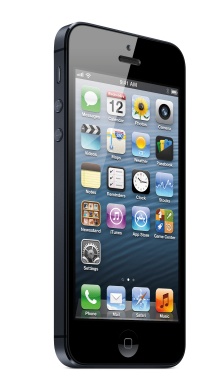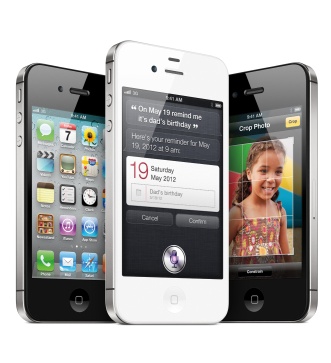With the proliferation of mobile devices throughout the general population, it is natural for teachers, students, administrators and parents to look for extensions of these tools for K-12 classrooms.
While desktop computers and computer labs have been around for decades, it has only been within the past three-to-four years, and the past 12 months especially, that mobile devices have gained a foothold in the education market, according to Markets Reports Online.
iPads and Chromebooks represent two competing technologies for online education. While iPads have had a significant head start in terms of time-to-market, Chromebooks are quickly catching up, in large part due to their simplistic administration and very low cost.
Both Apple and Google are unveiling new programs and tools for the K-12 education sector, harnessing the vast amount of data and information available through online media for increased student knowledge and exposure to new resources, including the Khan Academy, math and science apps, and on-the-fly publishing that allows teachers to create their own learning materials.
While technology vendors are advocating the benefits of eLearning initiatives and progressive K-12 school districts are moving toward 1:1 initiatives in which every student is provided with his or her own device, the K-12 educational environment in the United States still has a long way to go in terms of adoption and usage of mobile technology in the classroom, according to Markets Report Online.
For example, a September 2011 White House report entitled “Unleashing the Potential of Education Technology” notes that spending on eLearning as a percentage of overall K-12 education expenditures was just US$0.46 for every $100 spent (compared to $5.60 per $100 spent on eLearning in post-secondary education). On average, there are three students to every one computer or computer device in US classrooms today.
One of the largest hurdles for getting mobile technology into classrooms is the lack of infrastructure in many K-12 schools. Most mobile devices require sufficient broadband technology and wireless connections to support hundreds of students, teachers and administrators on the Internet.
A May 2012 report from the State Educational Technology Directors Association (SETDA) notes that nearly 80% of schools say their current broadband connections do not meet their needs and 67% of schools have Internet service below 25 megabytes-per-second, half the speed recommended by SETDA. All of the education IT leaders we interviewed for this report highlighted the importance of a solid technology infrastructure — including fast Internet connections and broadband technology — as a key success factor when introducing mobile technology into K-12 classrooms.
To buy a copy of this report go to http://tinyurl.com/a642df9 .




